HaniHijaz
TPF Noob!
- Joined
- Oct 28, 2016
- Messages
- 15
- Reaction score
- 2
- Can others edit my Photos
- Photos NOT OK to edit
Hi to all forum mates,
I have the above named digital camera. What to do in the settings so I could get the most sharp images both point and shoot.Where to go and to do in the settings??Is this related with ISO settings??
My recording resolution is set to 1080p FHD.
Love to all forum mates!
Hani
I have the above named digital camera. What to do in the settings so I could get the most sharp images both point and shoot.Where to go and to do in the settings??Is this related with ISO settings??
My recording resolution is set to 1080p FHD.
Love to all forum mates!
Hani


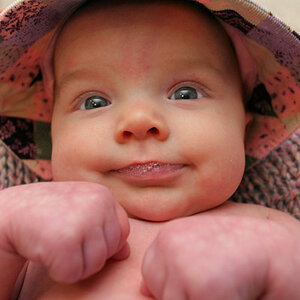
![[No title]](/data/xfmg/thumbnail/32/32710-b10dfc8ee698235cdc1e7572139173e8.jpg?1619735614)
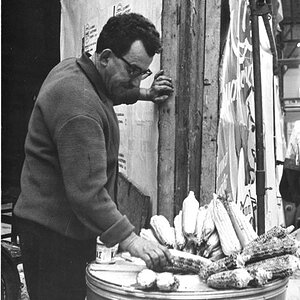
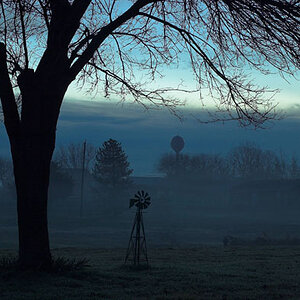
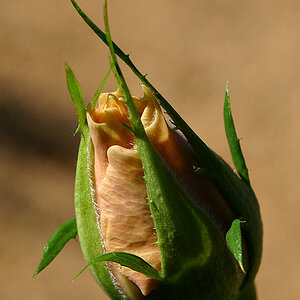
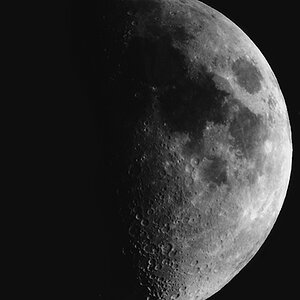

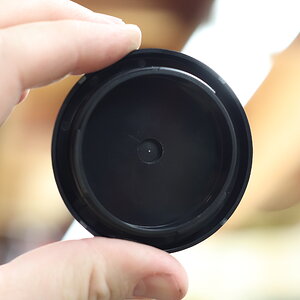
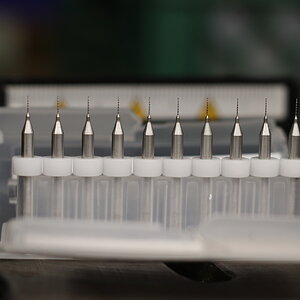
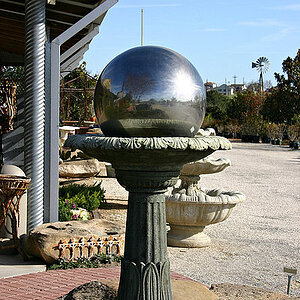
![[No title]](/data/xfmg/thumbnail/39/39645-11fae384f9fd2ec2813acc42adec0206.jpg?1619739148)
![[No title]](/data/xfmg/thumbnail/32/32708-c55da623febe9d91efe5f28aa54c3090.jpg?1619735612)